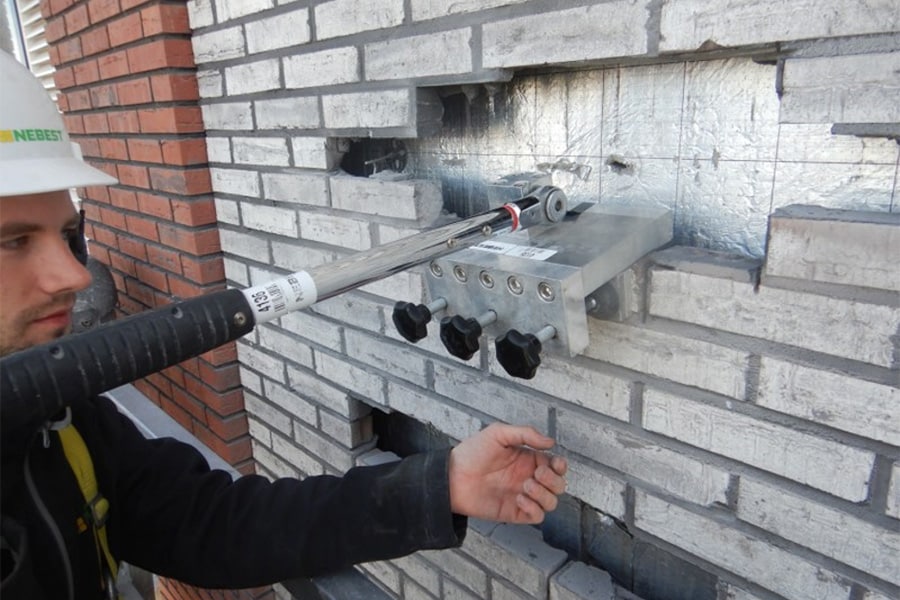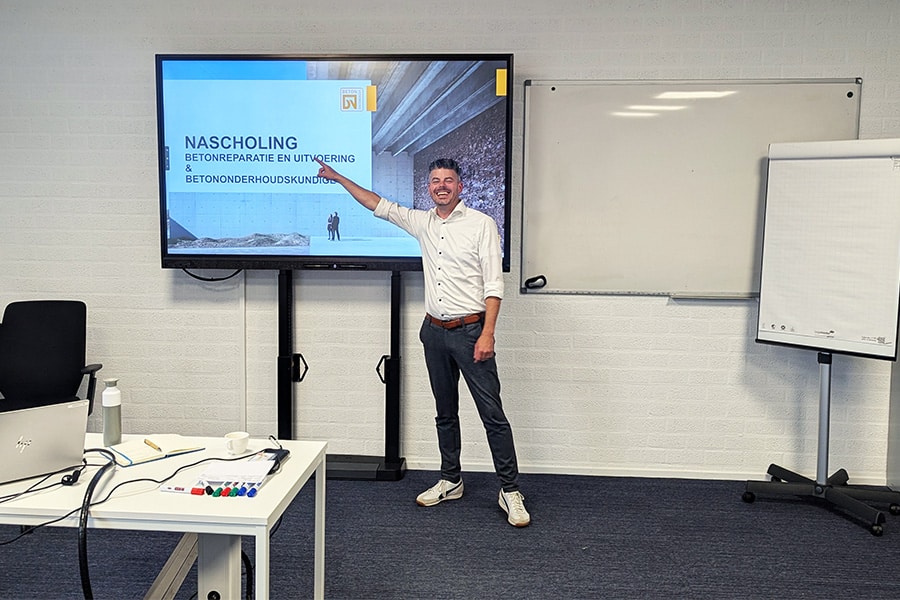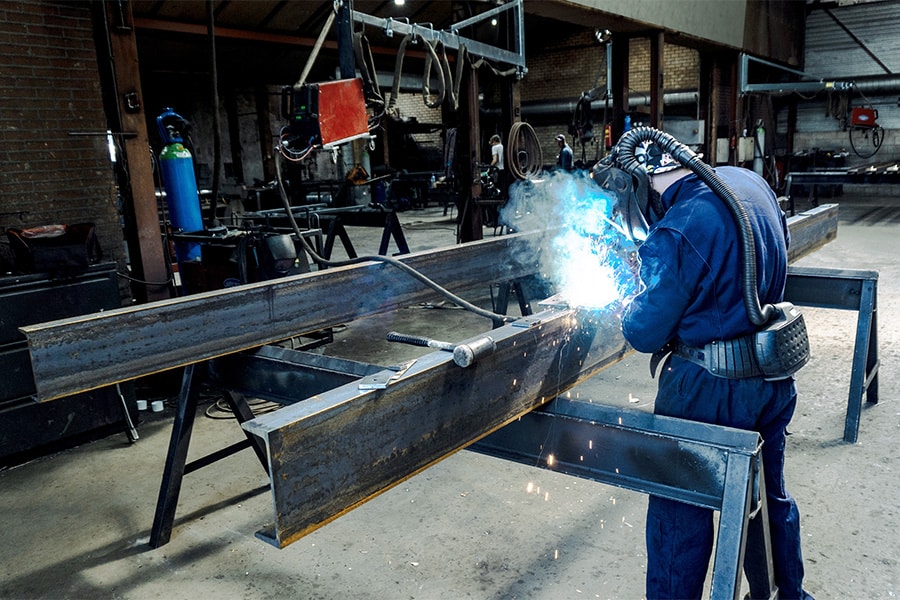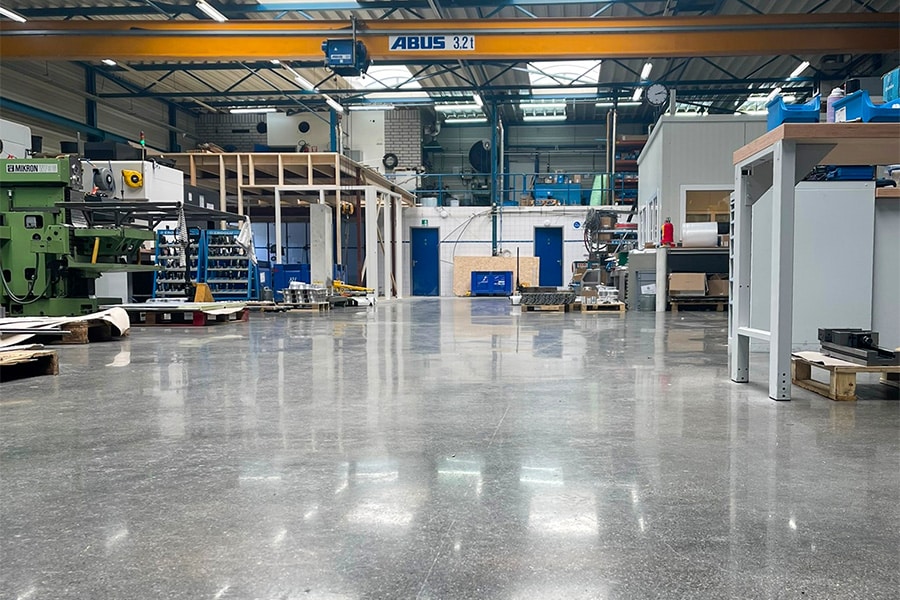
THV Leieland completes Leiewerken in Harelbeke
The new year got off to a festive start last weekend with the official inauguration of the Leiewerken on and around the Harelbeke lock complex. The Tijdelijke Handelsvennootschap (THV) Leieland of contractors Jan De Nul nv, Herbosch-Kiere nv, Engie Fabricom nv and Aelterman bvba was responsible for the design and execution of the works.
For the past five years, THV Leieland has been working on behalf of De Vlaamse Waterweg on the renewal and modernization of the weir lock, waterway and surroundings along the Leie in Harelbeke.
Jan De Nul nv and Herbosch-Kiere nv were jointly responsible for the structural works, as well as for the general coordination and alignment of interests between all parties involved. Engie Fabricom nv was responsible for the electromechanical works, Aelterman bvba for the steel construction works. Their close collaboration led to an optimal design and high-quality execution, both on a nautical, hydraulic, technical and aesthetic level.
Working in urban areas
The infrastructure works took place in the middle of the city center of Harelbeke. Also, the Lys could not be blocked during the works. All this had a direct impact on the execution methods and project planning.
THV Leieland chose to set up a temporary lock so that shipping was not hindered by the works. A temporary weir ensured that there was no flooding during the works.
The new lock and weir were scheduled in the same location as the old one for optimal nautical and hydraulic design. In other words, construction could not begin until the temporary infrastructure had been established and the old infrastructure demolished.
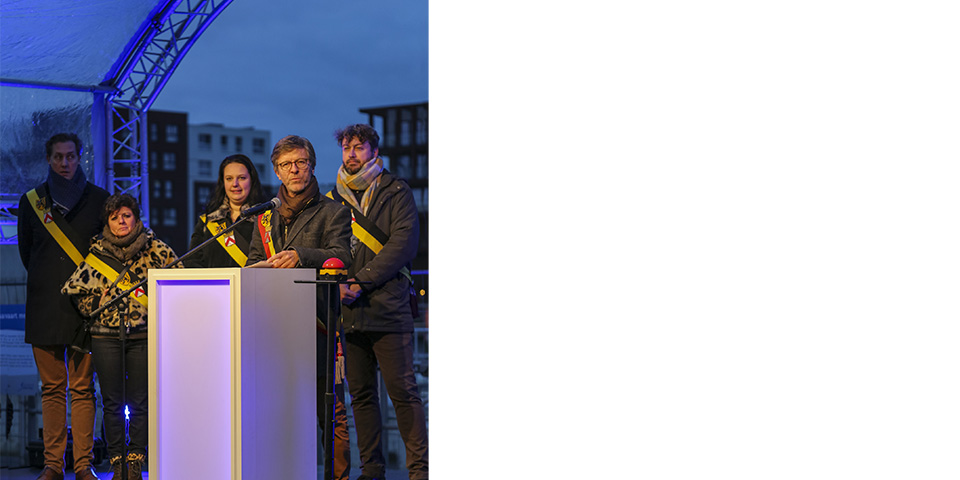 Energy-neutral weir lock complex
Energy-neutral weir lock complex
Next to the new weir lock complex, THV Leieland built a pumping station with two turbines. During excess water, the turbines will generate energy. Conversely, during dry periods and water shortages, the pump pumping station can pump water to the upstream water pool. The expected energy output exceeds the consumption of the weir lock complex, so the weir lock complex is considered energy neutral.
Seine Scheldt project
The Leiewerken in Harelbeke is part of the overall Seine Scheldt project, which improves the waterway connection between the Seine and Scheldt basins. Thanks to several large-scale infrastructure works in France, Wallonia and Flanders, barges of up to 4,500 tons will be able to travel between Paris and Antwerp. These infrastructure works include renewing locks, weirs and quay walls, deepening channels or digging new ones, or raising bridges.
Infrastructure works performed by THV Leieland
- Demolition of old infrastructure
- New lock (230m long, 12.5m wide x 4.70m water depth)
- New weir (2 weir segments each 12.5m wide)
- Pumping station with turbines
- Vistrap
- Quay walls (2 km)
- Dredging
- installation of new steel Hogebrug (80m and 1,000 tons), Bloemmolen Bridge (movable bicycle bridge), Banmolen Bridge
- Sewerage, heat grid and roadways
